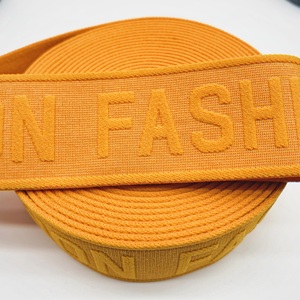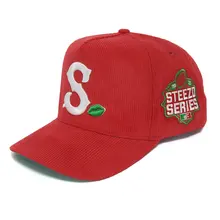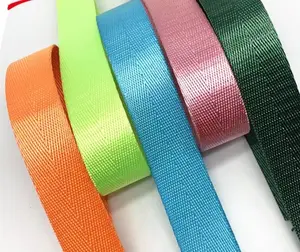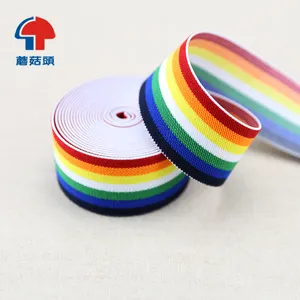Elastic Webbing Belt: An Overview
Elastic webbing belts are integral components in various industries, offering flexibility and strength. This textile band, typically woven into a flat strip or a tubular form, is prized for its elasticity and durability. The elastic webbing belt category encompasses a range of materials, including nylon, polyester, and cotton, each selected for its unique properties to suit specific applications.
Types and Materials
The diversity of elastic webbing is evident in its materials. Nylon webbing is known for its exceptional strength and is often utilized in heavy-duty applications such as climbing gear and cargo restraint. Polyester webbing resists UV rays and moisture, making it suitable for outdoor use, while cotton webbing offers a softer touch, often preferred for apparel and furnishings. Each material is carefully chosen to balance elasticity with the tensile demands of its intended use.
Applications and Uses
The application of elastic webbing belts is vast and varied. In the realm of safety, they are crucial in the manufacturing of seat belts and child restraint systems. The sporting goods industry relies on high-performance elasticated webbing for equipment such as harnesses and backpack straps. Home textiles and furniture industries also seek out decorative and functional webbing for items like sofas and chairs, where durability meets design.
Features and Advantages
A key feature of elastic webbing is its ability to maintain shape and provide support while being stretched. This resilience is paramount in products like luggage straps, where the webbing must withstand the rigors of travel. The tubular form of webbing adds a cushioning effect, often sought after in protective gear. The inherent versatility of webbing elastic makes it a staple in both industrial and recreational settings, prized for its adaptability to various loads and conditions.
Design and Aesthetics
Beyond functionality, elastic webbing belts also play a role in aesthetics. Available in a spectrum of colors and patterns, they contribute to the visual appeal of products. The furniture industry, for instance, utilizes jute webbing for its natural look and feel, which adds an element of rustic charm to home interiors. The design flexibility of webbing allows it to be a subtle yet significant component in both fashion and home décor.
Choosing the Right Elastic Webbing Belt
Selecting the appropriate elastic webbing belt requires consideration of its intended application, load-bearing requirements, and environmental exposure. Factors such as width, thickness, and weave pattern also play a role in performance. With a comprehensive range of options available, the right webbing can be sourced to meet the specific needs of any project or product.











































 浙公网安备 33010002000092号
浙公网安备 33010002000092号 浙B2-20120091-4
浙B2-20120091-4